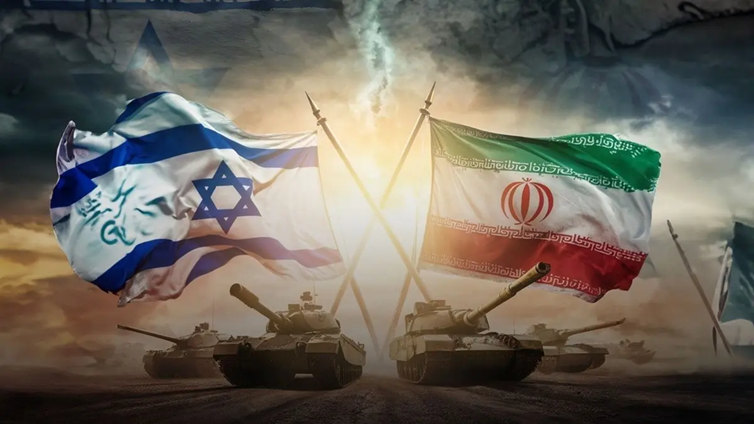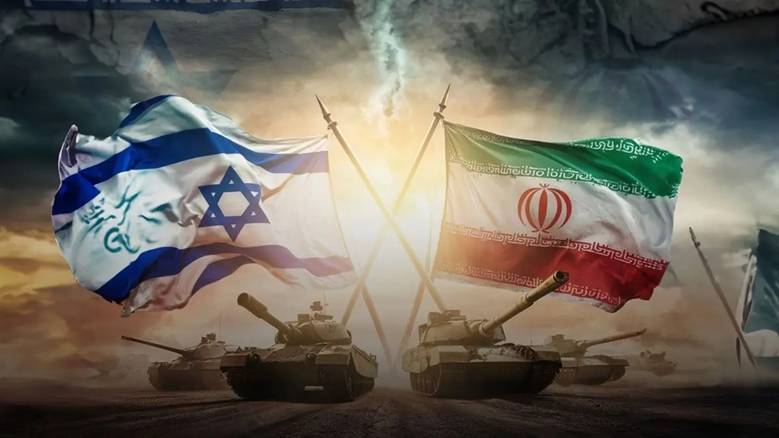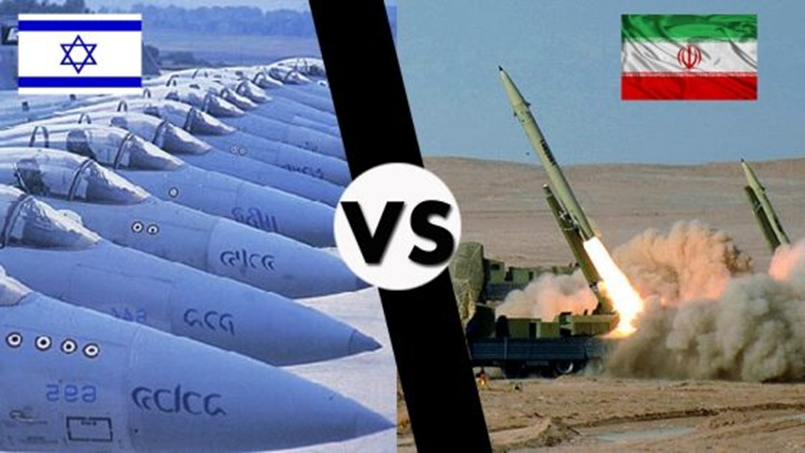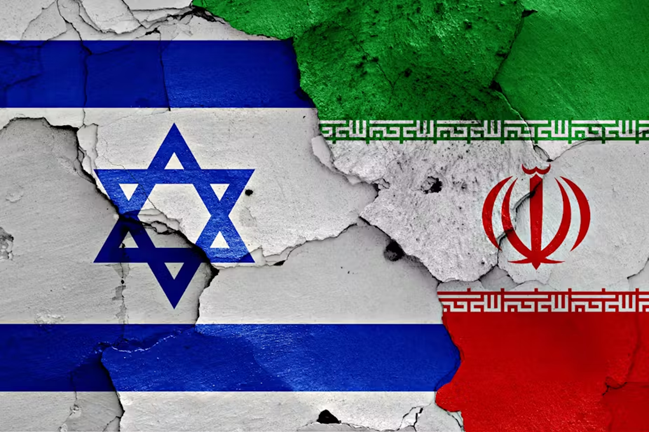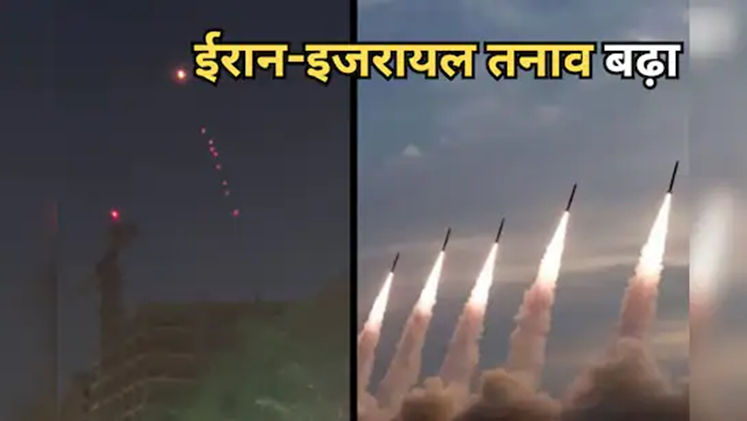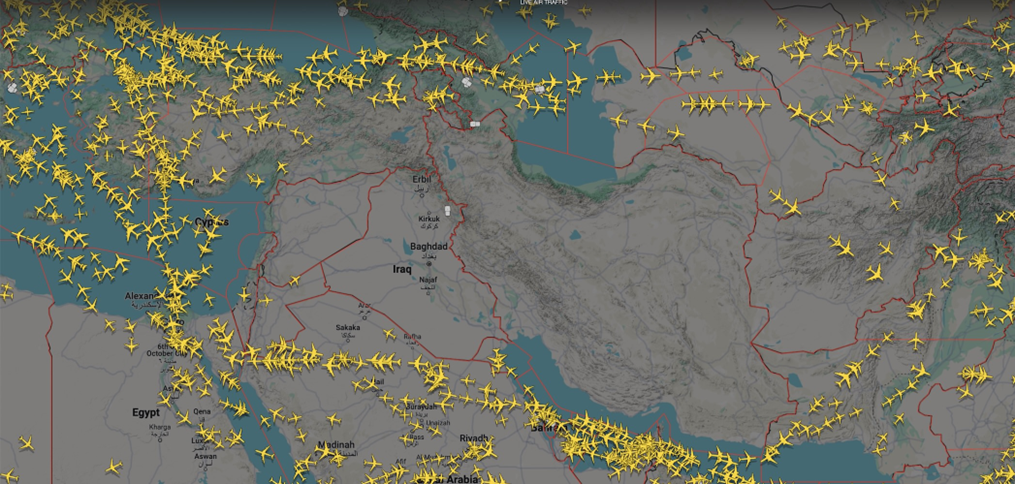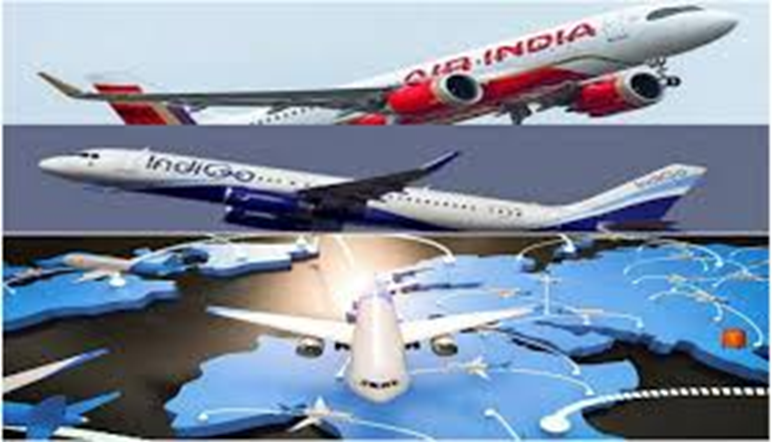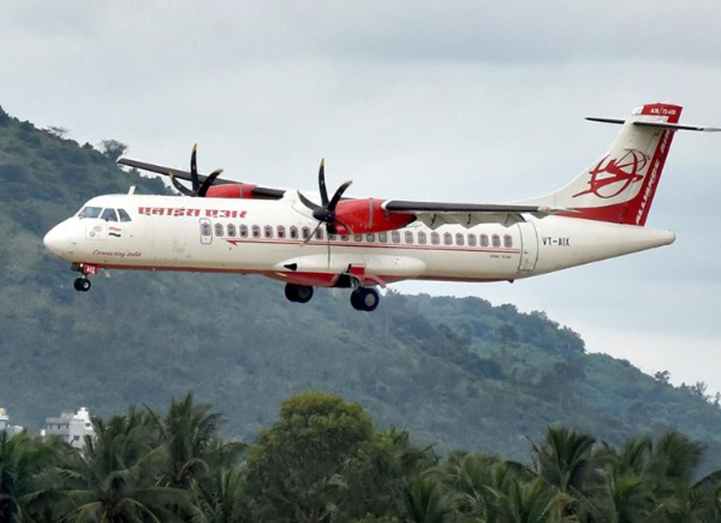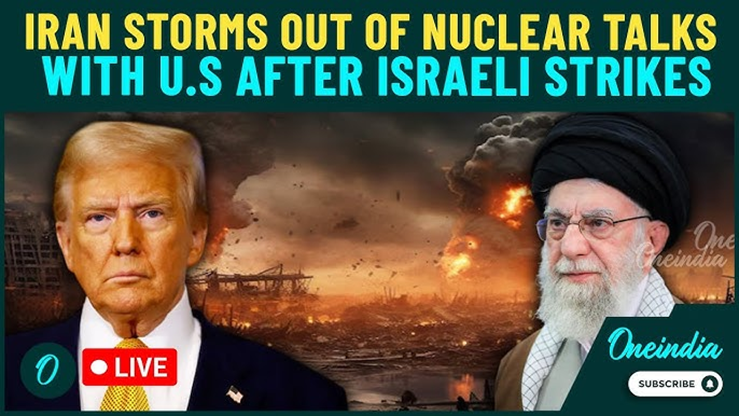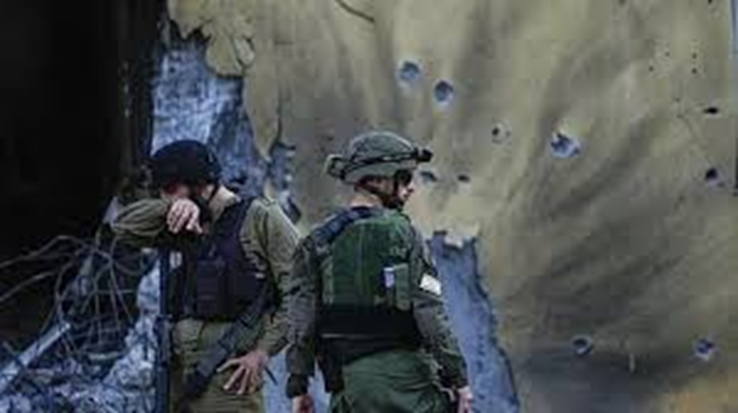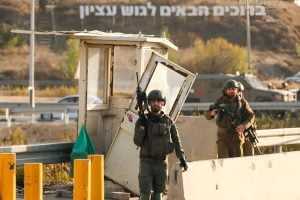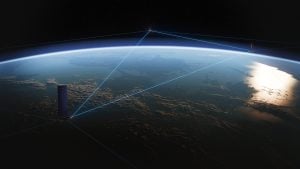In what is its most ambitious military operation in recent years, Israel launched a series of air strikes against Iran on Friday, targeting nuclear sites, missile facilities and other military infrastructure. The attack killed some of the country’s key military and civilian personnel as well.
Why Israel Struck Iran ?
Why In News
- In what is its most ambitious military operation in recent years, Israel launched a series of air strikes against Iran on Friday, targeting nuclear sites, missile facilities and other military infrastructure. The attack killed some of the country’s key military and civilian personnel as well.
Why Now
- These strikes came after the International Atomic Energy Agency (IAEA) Board of Governors on Thursday passed a resolution declaring Iran as being non-compliant with its non-proliferation obligations — the first such resolution in two decades.
- The resolution came on the back of a recent IAEA investigation that found Iran was conducting “secret nuclear activities” at three locations. Explaining Israel’s “pre-emptive strikes”, Prime Minister Benjamin Netanyahu said Iran had “taken steps that it has never taken before… to weaponise enriched uranium,” and “if not stopped, Iran could produce a nuclear weapon in a very short time,” perhaps even “within a few months.”
- Israel has always considered a nuclear Iran to be an existential threat; preventing Tehran from developing an atomic weapon has been Netanyahu’s signature platform for decades. Notably, this latest development comes while Tehran and Washington are negotiating a deal that would prevent Iran from developing atomic weapons in exchange for sanctions relief.
What Did Israel Target
- Strikes have been confirmed in the following locations:
- The capital, Tehran, and military sites in the surrounding area.
- The city of Natanz, where explosions were reported at the main uranium enrichment facility.
- The city of Tabriz, where explosions have been reported near a nuclear research centre and two military bases.
- The city of Isfahan, south of Tehran.
- The city of Arak, southwest of Tehran.
- The city of Kermanshah, west of Tehran, where an underground facility storing ballistic missiles was hit near the Iraqi border.
- Images posted on social media showed damaged structures, including residential buildings, across the Iranian capital.
- The Israeli army said it had damaged the Natanz uranium enrichment site’s underground structures, including a multistorey enrichment hall with centrifuges, electrical rooms and additional supporting infrastructure.
- It added that “vital infrastructure at the site that allows for its continuous functioning and the continued advancement of the Iranian regime’s project to obtain nuclear weapons was attacked”.
- The Atomic Energy Organization of Iran said radioactive contamination caused by the strike on the Natanz facility had been contained within the site and there had been no casualties.
- The Israeli army said its fighter jets had completed a series of strikes against Iran’s surface-to-surface missile array.
- Dozens of launchers, surface-to-surface missile storage sites and other military sites were destroyed in the operation, Israel’s military said.
Prime 5 Big Impacts Of Iran-Israel Tension
- Oil Price Spike: The international oil market has reacted sharply to this latest West Asian conflict, jumping by over nine per cent Friday after Israel’s first two rounds of missile attacks. Brent crude prices surged by over $6 to cross a five-month high of $78 per barrel. According to a report by Emkay Global, Iran produces around 3.3 million barrels per day (mbpd) of crude oil (i.e., around three per cent of global production) and exports around 1.5 mbpd, with China being the main importer (80 per cent), followed by Turkey.
- Iran is also on the northern side of the Strait of Hormuz/Persian Gulf through which 20 mbpd+ of oil trade flows, with Saudi Arabia and the UAE among those also shipping through here. In the past Tehran has warned of blocking this route. For now oil markets remain well supported after another higher than expected production hike for July, meaning Iranian supply cuts can be tolerated for a while.
- Airspace Closure: After Israel’s attack Friday, a timelapse video from flight-tracking website Flightradar24 showed the immediate impact on the commercial aviation industry. There were almost zero planes over Iran, with streams of passenger jets from Europe to Asia skirting around either side of the country. In fact, live visuals from the hours after the attack showed aircraft rerouting in real-time, turning out of Iranian skies for other corridors.
- Aviation Route Disruptions: The mass diversions, and the avoidance of Iranian airspace since, will likely have a ripple effect on international aviation, with longer flights, potential delays and increased fuel costs for multiple carriers operating in and out of West Asia and further east. As an example, an Air India Mumbai-London flight returned after three hours in the air. Air India said the situation in Iran and the closure of its airspace had led to the flight returning to origin. Air India also said over a dozen of its flights alone had been either diverted or returned. Both countries have declared a lockdown of their airspaces.
- Nuclear Talks With US “Dead”: After Israel’s Friday attacks Tehran called any dialogue with Washington over its nuclear programme “meaningless“, and even accused the latter of ‘authorising’ the missile strikes on its territory.
- “The other side (i.e., the US) acted in a way that makes dialogue meaningless. You cannot claim to negotiate and at the same time divide work by allowing the Zionist regime (Israel) to target Iran’s territory,” Iran’s Foreign Ministry spokesperson, Esmaeil Baghaei, said.
- Iran had earlier accused the US of being complicit in Israel’s attacks, but Washington denied the allegation and told Tehran at the United Nations Security Council it would be “wise” to negotiate over its nuclear programme. US President Donald Trump told Reuters that his team and he had prior knowledge of the Israeli attacks but declared they still saw room for an accord with Iran.
- Multiple War Fronts: What started with a horrific terrorist attack by Hamas gunmen on October 7 two years ago has spawned multiple war fronts across the West Asia region after Israeli attacks on Iran-backed armed groups like Hezbollah in Lebanon and the Houthis in Yemen.
- Nations across West Asia have called on all sides to stand down; Saudi Arabia’s Foreign Ministry said Tel Aviv’s attacks were a “clear violation of international laws and norms”.
- Missiles, though, continue to be fired by both sides and the fallout is affecting neighbouring countries. Israel-intercepted Iranian missiles, for example, have exploded in southern Syria and Jordanian jets have been scrambled to deal with similar issues over their skies.
- If this conflict escalates it could even force the Americans to become involved, more directly than they already are; unnamed US officials have said they helped intercept Iranian missiles.
